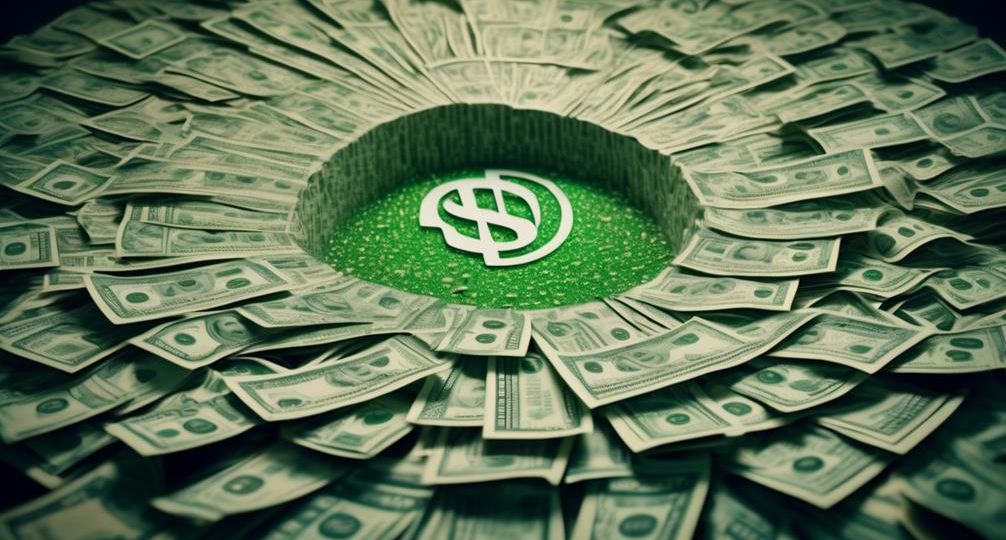
How much is 1,000 plays on SoundCloud?
Imagine each Spotify stream as a single raindrop in a vast ocean of digital music.
You, as an artist or music enthusiast, might wonder how many of these minute droplets are needed to fill up a dollar-sized bucket.
It’s not as straightforward as it seems. Numerous factors, such as the artist’s agreement with their record label and the listener’s subscription type, can significantly influence this count.
So, are you interested in unraveling the intricate web of Spotify’s pay-per-stream model?
Let’s embark on this enlightening journey together.
Key Takeaways
- Spotify operates on a pro-rata model, where total revenue is divided by the total number of streams and individual streams are multiplied to calculate earnings.
- Factors such as artist popularity, listener’s subscription type, contracts with labels, and geographic location of listeners influence Spotify’s payout rates.
- Spotify’s average payout per stream is $0.00318, but other platforms like Apple Music and TIDAL may have different payout rates.
- Streaming revenues have transformed the music industry’s revenue model, with traditional methods of earning such as album sales and live performances taking a back seat. Diversifying revenue sources beyond streaming income is critical for musicians.
Understanding Music Streaming Economics
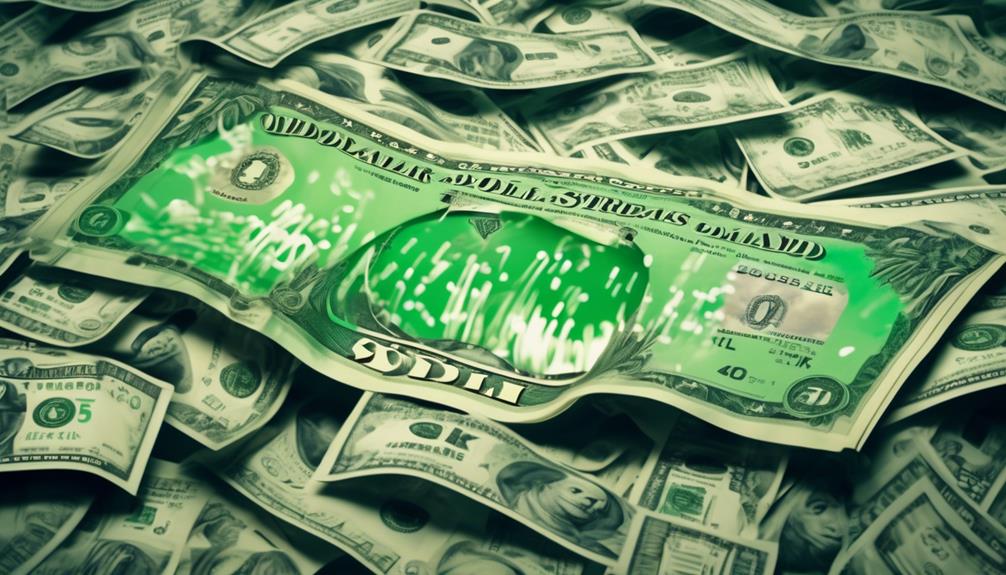
To truly grasp the economics of music streaming, you’ll need to delve into the intricacies of Spotify’s revenue model, understanding how each stream translates into dollars for artists. Spotify, with its streaming dominance, operates on a pro-rata model, which means that the total revenue is divided by the total number of streams, and then multiplied by an artist’s individual streams. This model, while effective for Spotify, often leaves emerging artists in the dust, sparking calls for artist advocacy.
The pro-rata model is primarily flawed due to its bias towards popular artists. The more streams a song gets, the bigger slice of the revenue pie the artist receives. This system disadvantages smaller, less popular artists who don’t generate as many streams. Consequently, there’s a growing movement advocating for a user-centric payment system, which allocates revenue based on an individual listener’s streams.
Understanding Spotify’s model is critical for artist advocacy. By comprehending these mechanisms, you can contribute to discussions about revenue distribution, pushing for more equitable models that encourage diversity and innovation in the music industry. You’re not just a passive consumer; your understanding and actions can shape the future of music streaming.
Spotify’s Pay-Per-Stream Model
Let’s turn our attention to Spotify’s pay-per-stream model.
You’ll find it interesting how Spotify calculates payouts and what the $1 stream equation means.
Understanding this model is critical to comprehend the intricate dynamics of music streaming economics.
Understanding Spotify’s Payouts
Diving into Spotify’s pay-per-stream model, you’ll find that it’s a complex system where each stream translates into fractions of a penny, a financial puzzle that artists, labels, and listeners are continually trying to decipher. How does Spotify’s revenue compare to its competitors? How do user listening habits influence payouts?
Here’s a simplified breakdown:
| Platform | Average Payout per Stream | Active Users |
|---|---|---|
| Spotify | $0.00318 | 345 million |
| Apple Music | $0.0056 | 60 million |
| TIDAL | $0.0099 | 3 million |
| Deezer | $0.00436 | 16 million |
| YouTube Music | $0.00069 | 30 million |
Understanding this model can help you navigate the music streaming landscape, providing insight into the financial dynamics at play.
The $1 Stream Equation
Now that you’ve got a grasp on Spotify’s complex payout system, it’s crucial to understand the intriguing concept of the ‘$1 Stream Equation’, a model that further illuminates the financial intricacies of Spotify’s pay-per-stream approach.
This equation takes into account:
- Stream inflation, which refers to the increase in stream count due to Spotify’s growing user base.
- Artist negotiation, as different artists have varying agreements with Spotify, affecting each one’s per-stream rate.
- The economic climate, as changing market conditions may influence Spotify’s payout rates.
The $1 Stream Equation acts as a dynamic guide that allows you to comprehend the shifting nature of Spotify’s streaming economy. It’s a tool that fosters transparency and innovation, helping you navigate through the labyrinth of digital music compensation.
Factors Influencing Spotify’s Payout
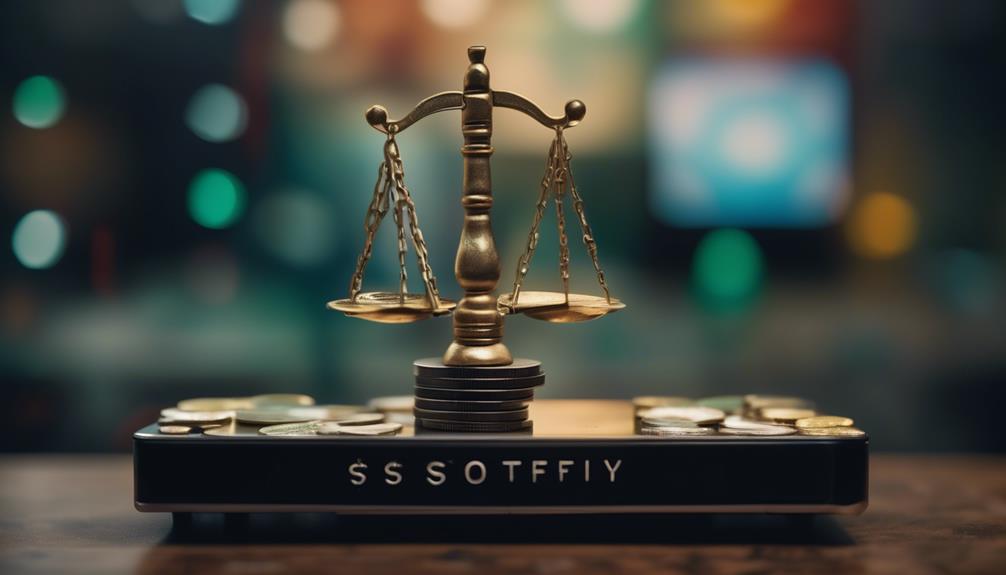
Understanding the factors that influence Spotify’s payout is crucial if you’re navigating the complexities of music streaming revenues.
Let’s start by examining Spotify’s payout calculation method, which includes variables such as the artist’s popularity and the listener’s subscription type.
Then, we’ll discuss the impact of premium subscriptions and the geographic location of listeners, both of which significantly affect the payout an artist receives.
Spotify’s Payout Calculation Method
Let’s unravel the complex method Spotify uses to calculate its payouts, a process influenced by a myriad of factors.
Spotify’s royalty distribution isn’t a straightforward calculation. It’s based on a blend of variables, including contractual agreements and the listener’s subscription type.
Key elements in Spotify’s payout calculation method include:
- Your agreement with your label or distributor
- The country where your music is played
- The number of paid subscribers Spotify has
Contracts can greatly influence payouts, and the share of revenue you receive can fluctuate based on your agreement.
Royalty distribution also varies by country, with differing rates influencing the total payout.
Lastly, the number of Spotify’s paid subscribers affects the overall revenue pool and thus, your share.
Understanding these factors can help you navigate Spotify’s intriguing payout system.
Role of Premium Subscriptions
Diving deeper into the factors influencing Spotify’s payouts, the role of premium subscriptions comes into sharp focus. These subscriptions, with their enticing array of premium perks, significantly impact the revenue generated per stream.
Premium users generate more revenue than free tier users due to the subscription benefits they enjoy. These include ad-free listening, offline playback, and high-quality audio. Spotify thus pays a higher per-stream rate for premium users.
Therefore, the proportion of premium users among your listeners could notably influence your earnings from Spotify streams. In essence, the more your music entices listeners to upgrade to premium, the greater your potential earnings.
Geographic Location’s Impact
Just as the type of listener influences your Spotify earnings, so too does their geographic location, creating another layer of complexity in the streaming payout equation. The revenue you earn can be affected by regional disparities and streaming legislation.
- Regional Disparities: Different countries have varying levels of economic development, affecting people’s ability to pay for music streaming. As a result, the payout rates differ significantly.
- Streaming Legislation: Countries have diverse laws regulating music streaming. These laws could impact the earnings from your streams.
- Listener’s Location: A stream from a listener in a high-income country like the U.S. or U.K. generally pays more than a stream from a low-income country.
Understanding these factors can help you strategize and maximize your earnings from Spotify.
Calculating Spotify Stream Earnings
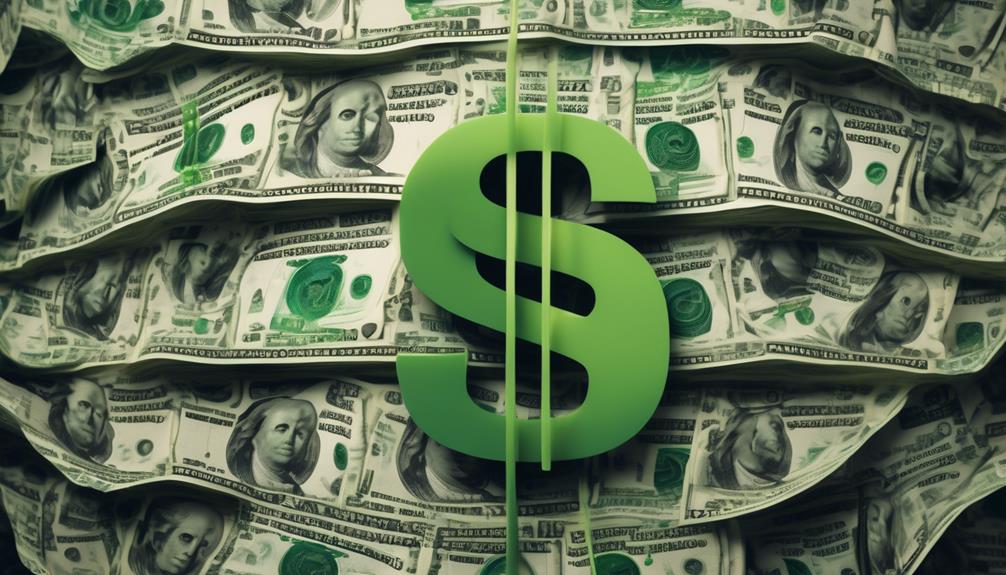
To calculate your potential earnings from Spotify streams, it’s crucial to understand the platform’s royalty payment system and how it translates into dollars for artists. This system is influenced by various factors such as stream demographics and ad supported listening.
Stream demographics play an essential role in determining your earnings. The royalty rate varies by the listener’s location, your home country, and the listener’s subscription type. For instance, streams from premium subscribers pay more than those from free users.
On the other hand, ad supported listening refers to streams from Spotify’s free users. Since these users don’t pay for the service, Spotify earns revenue from ads and pays a lower royalty rate for these streams.
To calculate your earnings, you’ll need to multiply your total number of streams by the royalty rate per stream. This rate is dynamic and changes based on Spotify’s total revenue and the total number of streams on the platform.
Keep in mind, Spotify also deducts a distribution fee before paying the royalties. So, your final earnings will be the calculated amount minus the distribution fee.
Therefore, understanding these factors and their impact on your potential earnings is critical for maximizing your revenue from Spotify streams.
Impact on Musicians’ Income
While grasping the dynamics of Spotify’s payment system is key to understanding your potential earnings, it’s equally important to recognize how this system impacts broader musicians’ income. The advent of streaming services has led to a seismic shift in the music industry’s revenue model. The traditional methods of earning, such as album sales and live performances, have taken a back seat to streaming revenues.
- Artist royalties: These are paid out on a per-stream basis, which can be significantly less than traditional album sales. This might mean you need a larger fan base or more streams to achieve the same income.
- Live performance impacts: With music more accessible than ever, it can lead to increased demand for live performances. However, with current global events restricting such opportunities, reliance on streaming income has increased.
- Diversification: Given the volatility of streaming income, it’s critical to diversify revenue sources. This could involve merchandise sales, licensing deals, or even crowd-funding.
Innovation in the music industry continues to redefine income streams and the value of a song. As an artist, understanding these shifts can empower you to navigate the evolving landscape and find new ways to monetize your music.
Controversies and Debates Surrounding Spotify Payouts
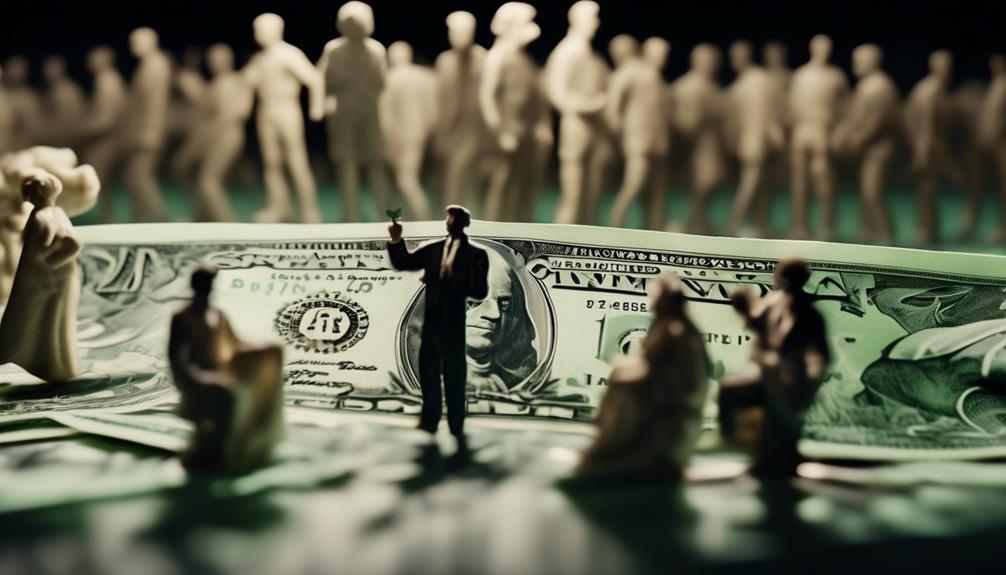
Navigating the complex world of Spotify payouts, you’ll inevitably encounter ongoing controversies and debates concerning the fairness and sustainability of this streaming giant’s compensation model. You’ll find that Artist Advocacy groups and individual musicians alike have voiced concerns, arguing that the current system disproportionately benefits superstar artists while leaving emerging talents struggling.
Streaming Legislation is another hot topic in this discourse. Critics call for more transparent, equitable laws to ensure all artists receive fair compensation. They argue that Spotify’s payment model, based on aggregate streams rather than per-stream payouts, disadvantages lesser-known artists.
You might wonder about the impact of this controversy on the music industry’s innovation landscape. Well, it’s driving a push for change. Innovators are exploring alternatives to the current model, like user-centric payment systems, that could more fairly distribute payouts.

